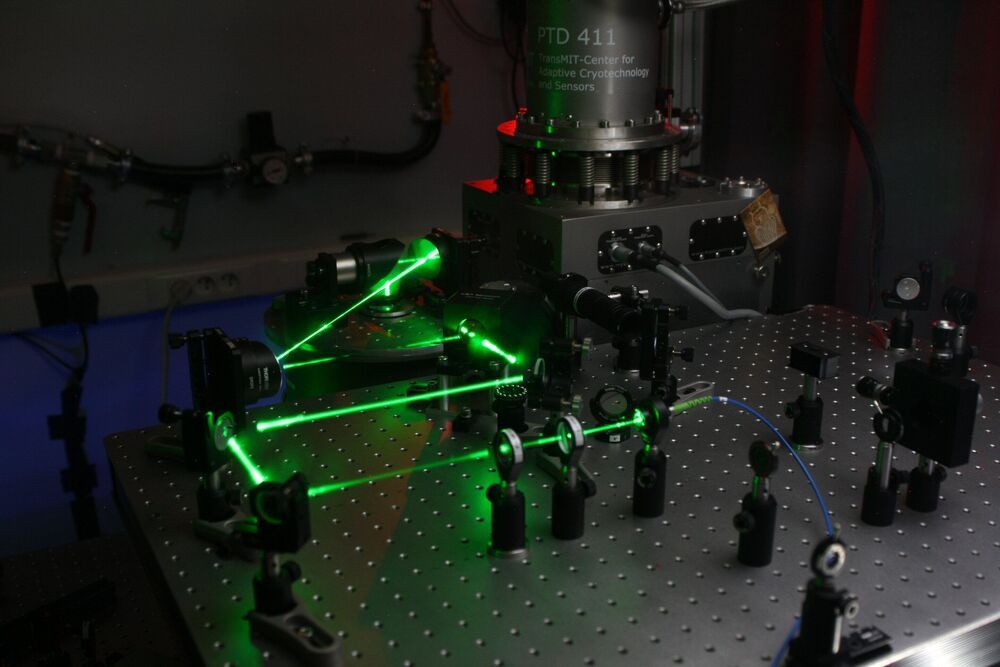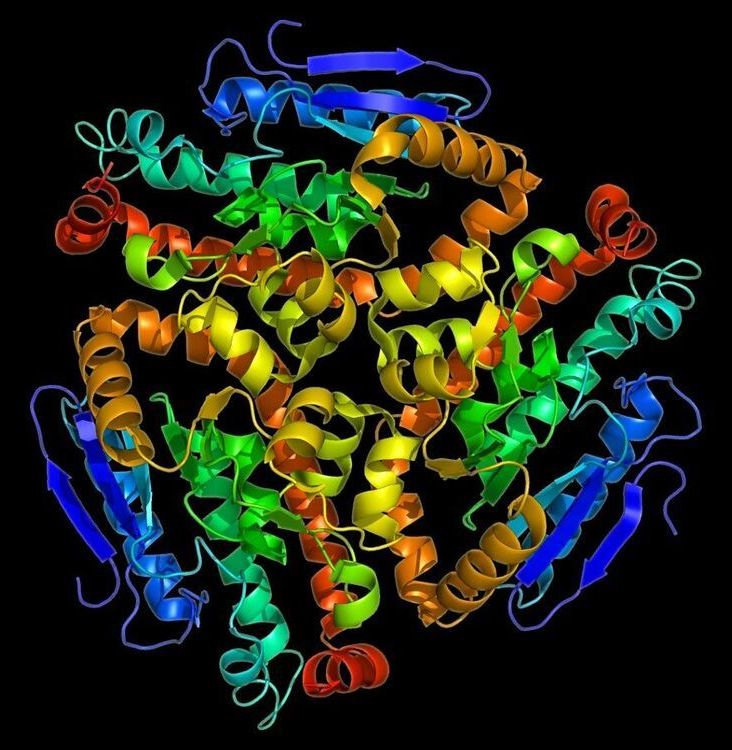29 agosto 2020.
Utilizing nuclear waste converted to diamonds, this company’s batteries will reportedly last thousands of years in some cases.


Scientists at DGIST in Korea, and UC Irvine and UC San Diego in the US, have developed a computer architecture that processes unsupervised machine learning algorithms faster, while consuming significantly less energy than state-of-the-art graphics processing units. The key is processing data where it is stored in computer memory and in an all-digital format. The researchers presented the new architecture, called DUAL, at the 2020 53rd Annual IEEE/ACM International Symposium on Microarchitecture.
“Today’s computer applications generate a large amount of data that needs to be processed by machine learning algorithms,” says Yeseong Kim of Daegu Gyeongbuk Institute of Science and Technology (DGIST), who led the effort.
Powerful “unsupervised” machine learning involves training an algorithm to recognize patterns in large datasets without providing labeled examples for comparison. One popular approach is a clustering algorithm, which groups similar data into different classes. These algorithms are used for a wide variety of data analyzes, such as identifying fake news on social media, filtering spam email and detecting criminal or fraudulent activity online.

Polarons are fleeting distortions in a material’s atomic lattice that form around a moving electron in a few trillionths of a second, then quickly disappear. As ephemeral as they are, they affect a material’s behavior, and may even be the reason that solar cells made with lead hybrid perovskites achieve extraordinarily high efficiencies in the lab.
Now scientists at the Department of Energy’s SLAC National Accelerator Laboratory and Stanford University have used the lab’s X-ray laser to watch and directly measure the formation of polarons for the first time. They reported their findings in Nature Materials today.
“These materials have taken the field of solar energy research by storm because of their high efficiencies and low cost, but people still argue about why they work,” said Aaron Lindenberg, an investigator with the Stanford Institute for Materials and Energy Sciences (SIMES) at SLAC and associate professor at Stanford who led the research.

Silicon has proved to be a highly valuable and reliable material for fabricating a variety of technologies, including quantum devices. In recent years, researchers have also been investigating the possible advantages of using individual artificial atoms to enhance the performance of silicon-based integrated quantum circuits. So far, however, single qubits with an optical interface have proved difficult to isolate in silicon.
Researchers at Université de Montpellier and CNRS, University Leipzig and other universities in Europe have recently successfully isolated single, optically active artificial atoms in silicon for the first time. Their paper, published in Nature Electronics, could have important implications for the development of new silicon-based quantum optics devices.
“Our study was born from the will to isolate new individual artificial atoms with a telecom optical interface in a material suitable for large-scale industrial processes,” Anaïs Dr.éau, one of the researchers who carried out the study, told TechXplore. “We are used to investigating these quantum systems, but in wide-bandgap semiconductors, such as diamond or hexagonal boron nitride. Although silicon is the most widespread material within the microelectronics industry, so far no light emitter has been reported in this small-bandgap semiconductor.”
Researchers demonstrate a new technique for suppressing back reflections of light—better signal quality for sensing and information technology.
Microresonators are small glass structures in which light can circulate and build up in intensity. Due to material imperfections, some amount of light is reflected backwards, which is disturbing their function.
Researchers have now demonstrated a method for suppressing these unwanted back reflections. Their findings can help improve a multitude of microresonator-based applications from measurement technology such as sensors used for example in drones, to optical information processing in fibre networks and computers.
With Starship SN8’s test flight still fresh in the memory, SN9 is set to complete an accelerated pad flow with a Static Fire test and launch this coming week. A triple Raptor Static Fire test is tracking early this week. Pending acceptable test results, the launch of SN9 could take place just a few days later.
Meanwhile, Starship SN10 is now an integrated stack inside the High Bay, ready to roll to the launch site as soon as SN9 departs. SN11 and SN12 are undergoing their own buildup operations inside the Mid Bay, with the former only lacking a nosecone.

From an observatory high above Chile’s Atacama Desert, astronomers have taken a new look at the oldest light in the universe.
Their observations, plus a bit of cosmic geometry, suggest that the universe is 13.77 billion years old – give or take 40 million years. A Cornell researcher co-authored one of two papers about the findings, which add a fresh twist to an ongoing debate in the astrophysics community.
The new estimate, using data gathered at the National Science Foundation’s Atacama Cosmology Telescope (ACT), matches the one provided by the standard model of the universe, as well as measurements of the same light made by the European Space Agency’s Planck satellite, which measured remnants of the Big Bang from 2009 to ’13.

Proteins are essential to cells, carrying out complex tasks and catalyzing chemical reactions. Scientists and engineers have long sought to harness this power by designing artificial proteins that can perform new tasks, like treat disease, capture carbon or harvest energy, but many of the processes designed to create such proteins are slow and complex, with a high failure rate.
In a breakthrough that could have implications across the healthcare, agriculture, and energy sectors, a team lead by researchers in the Pritzker School of Molecular Engineering at the University of Chicago has developed an artificial intelligence-led process that uses big data to design new proteins.
By developing machine-learning models that can review protein information culled from genome databases, the researchers found relatively simple design rules for building artificial proteins. When the team constructed these artificial proteins in the lab, they found that they performed chemical processes so well that they rivaled those found in nature.

BREAKING: U.K. Prime Minister Boris Johnson says England will go into a “national lockdown.”
“That means the government is once again instructing you to stay at home.” https://abcn.ws/2Llledb
